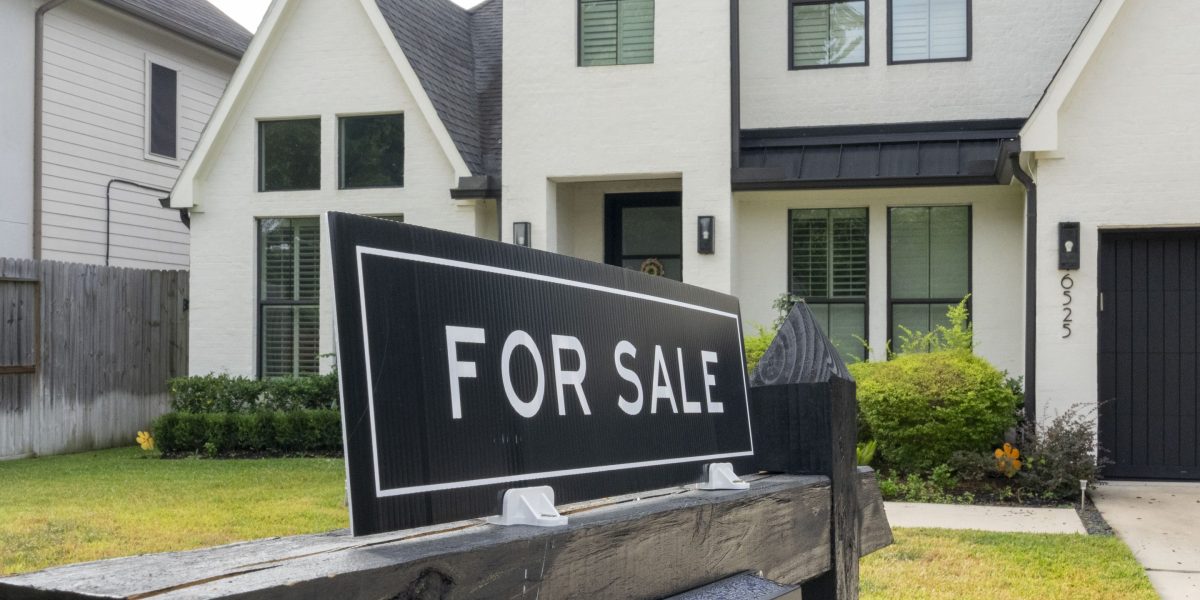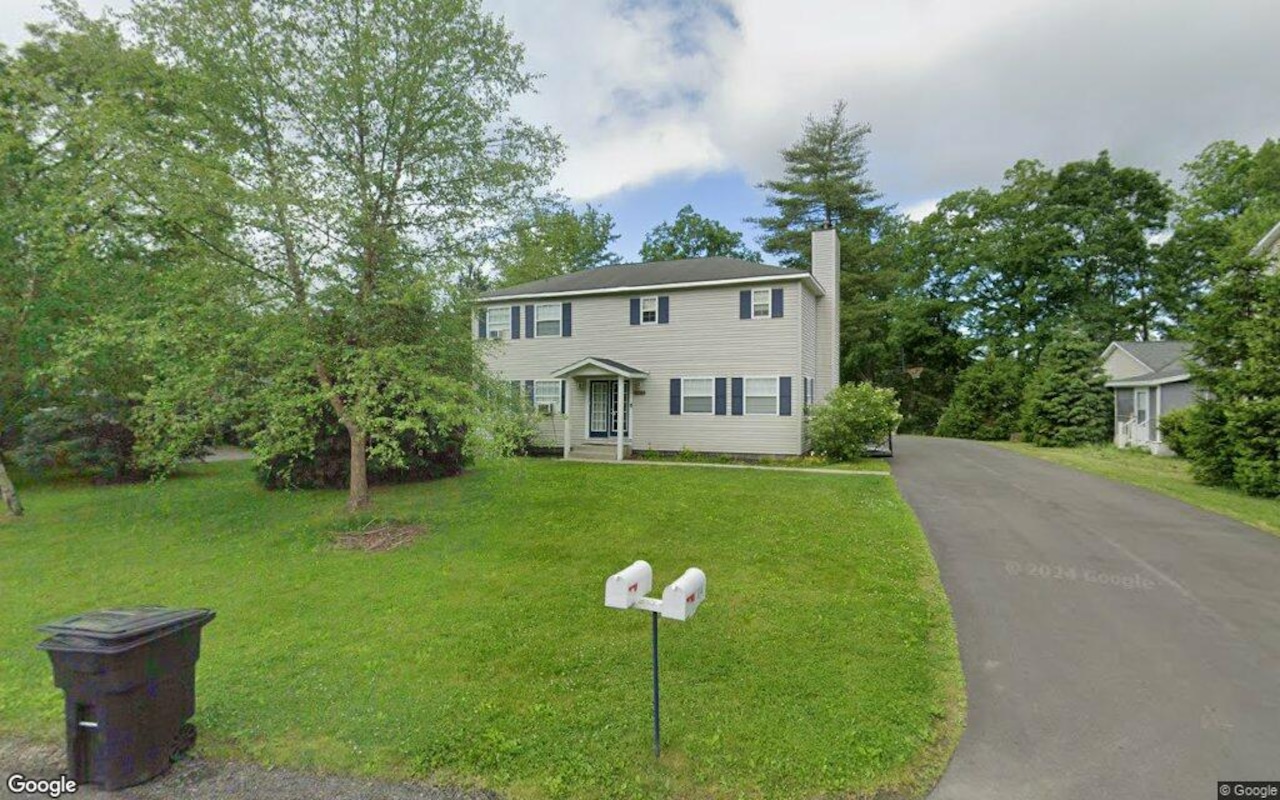C
limate Change's Hidden Cost: A $1 Trillion Housing Market Shift
A seismic shift is looming in the US housing market, with climate change poised to erase over a trillion dollars from real estate values nationwide by 2055. This stark prediction comes from First Street, a climate analytics firm that has mapped out the nation's most vulnerable neighborhoods.
The report, "Property Prices in Peril," paints a dire picture of regions where climate risks and insurance premiums are skyrocketing, driving populations to flee. Wisconsin stands as an outlier, however, with Madison emerging as one of the top housing markets over the next three decades.
Tampa, Florida, is among the hardest-hit areas, facing a potential 25% decline in home prices by 2055. Other regions will see more modest declines, such as a 1.7% drop in property values over the same period.
The report categorizes neighborhoods into four categories: "Climate Abandonment," where risks and premiums are high; "Risky Growth," where climate risks are present but other factors keep people moving; "Climate Resilient," where costs remain contained; and "Tipping Points," areas on the brink of population decline.
Wisconsin's Dane County is among the most resilient, with an estimated 81.6% growth in population by 2055. Other top performers include Denver County, Colorado (144.1%), Arapahoe County, Colorado (101.7%), Douglas County, Nebraska (74.6%), and Johnson County, Kansas (59%).
The root cause of climate change lies in human activity, particularly the burning of fossil fuels like gas, oil, and coal. The National Oceanic and Atmospheric Administration notes that global temperatures have risen since the 1960s, with Wisconsin experiencing a 2°F increase and 4.5 inches more precipitation since the 1950s.
As the climate continues to shift, Wisconsin's housing market is poised to thrive, while other regions face significant declines in property values.














